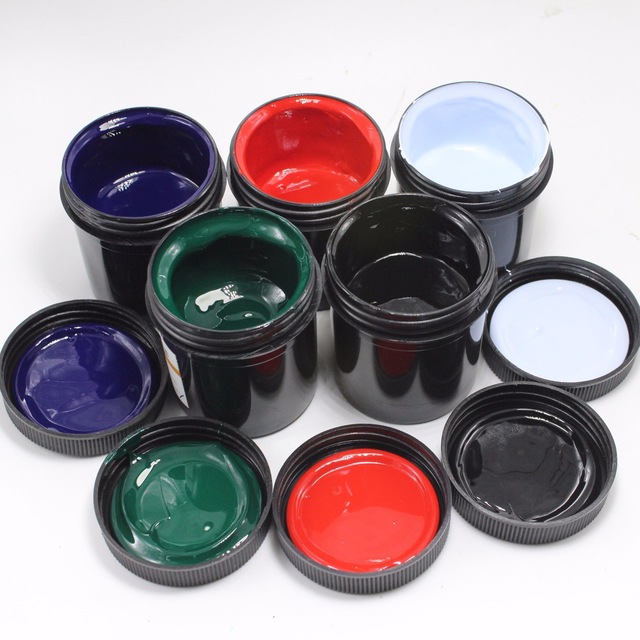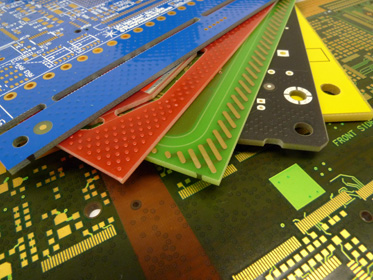PCB board manufacturers use a wide variety of solder resist inks, which are essential for manufacturing of PCB boards. Judge quality of PCB Solder resist ink is basically determined by several factors such as viscosity, plasticity and fluidity. In addition, it is necessary to consider whether the formula is scientific and environmentally friendly.

Viscosity
The abbreviation of dynamic viscosity (viscosity) is generally expressed by viscosity, that is, the shear stress of fluid flow divided by the velocity gradient in the direction of the flow layer, and the international unit is Pa/s (Pa.S) or millipascals per second (mPa.S). In PCB manufacturing, it refers to the fluidity generated by the external force of the PCB solder resist ink.
Plasticity
It means that the
PCB solder resist ink retains its pre-deformation properties after being deformed by external force, and the plasticity of the ink is beneficial to improve the printing precision.

Thixotropic
The PCB solder resist ink is gel-like when it is still standing, and the viscosity changes when it is touched. It is also called shearing and sag resistance.
Fluidity
Refers to the extent to which the PCB solder resist ink is spread around under external force. Fluidity is the reciprocal of viscosity, which is related to the plasticity and thixotropy of the ink. If the plasticity and thixotropy are large, the fluidity is large; if the fluidity is large, the imprint is easy to expand. The fluidity is small, and it is prone to netting and causing ink sticking, also known as netting.
Viscoelasticity
It refers to the performance of the PCB solder resist ink which is sheared and broken by the ink after the scraping of the scraper, and the ink is required to be deformed quickly, and the ink rebounds quickly to facilitate printing.
Dryness
It is required that the drying of the PCB Solder resist ink on the screen is as slow as possible, and the ink is desirably required to be as fast as possible after being transferred to the PCB basic substrate.
Fineness
The size of the pigment and solid material particles, PCB solder resist ink is generally less than 10μm, and the fineness should be less than one third of the mesh opening.






